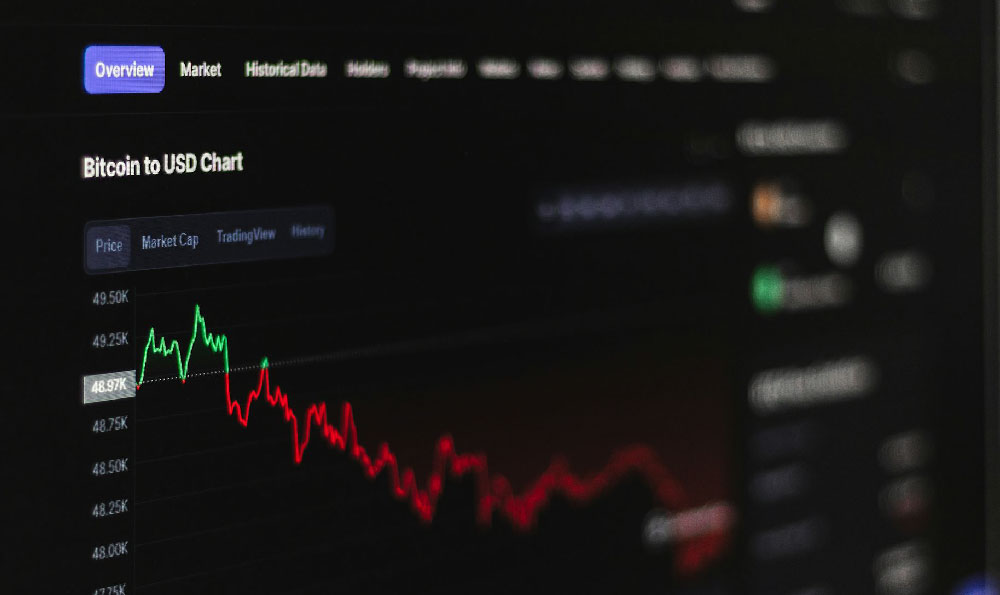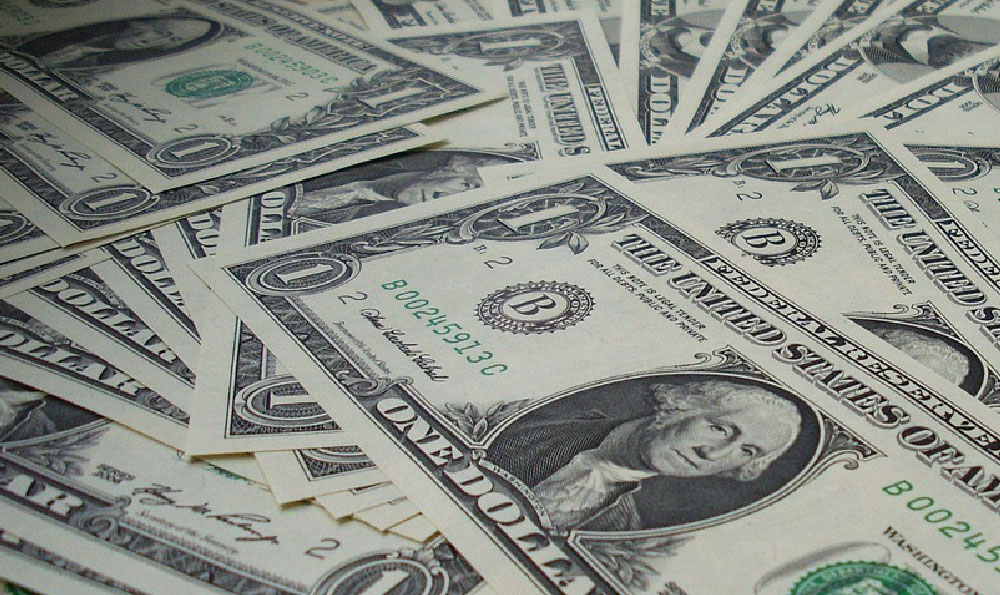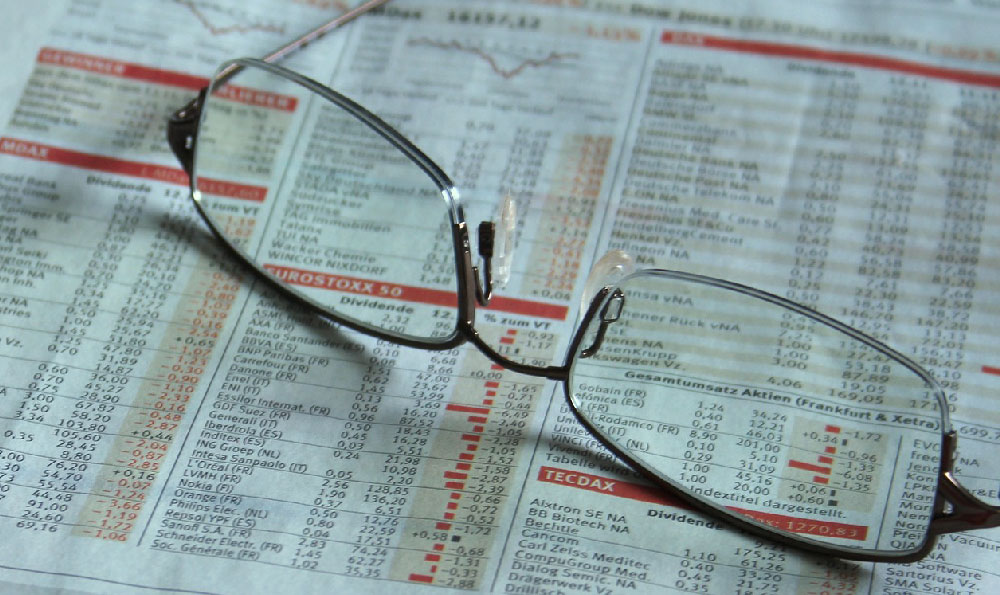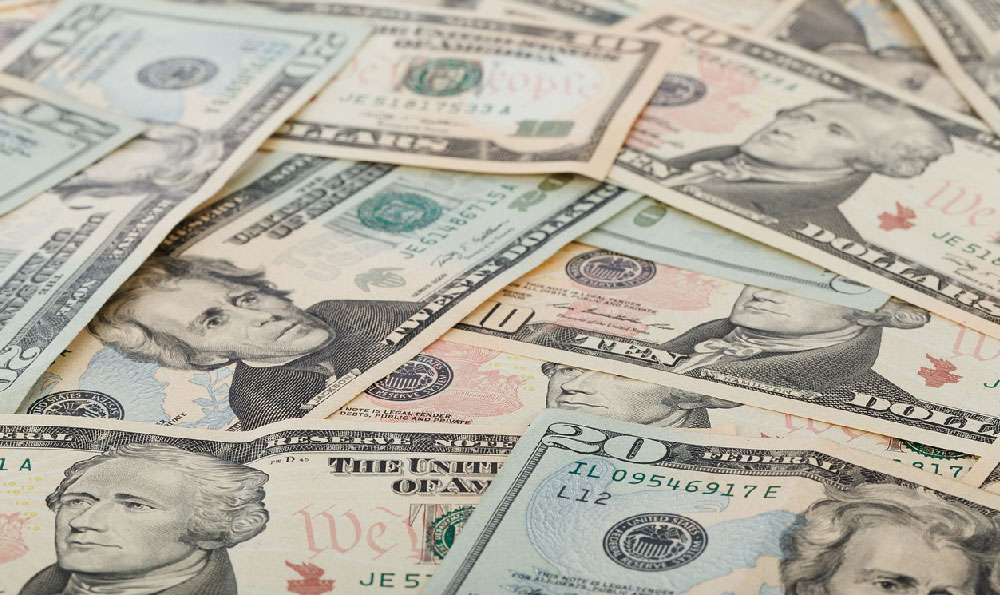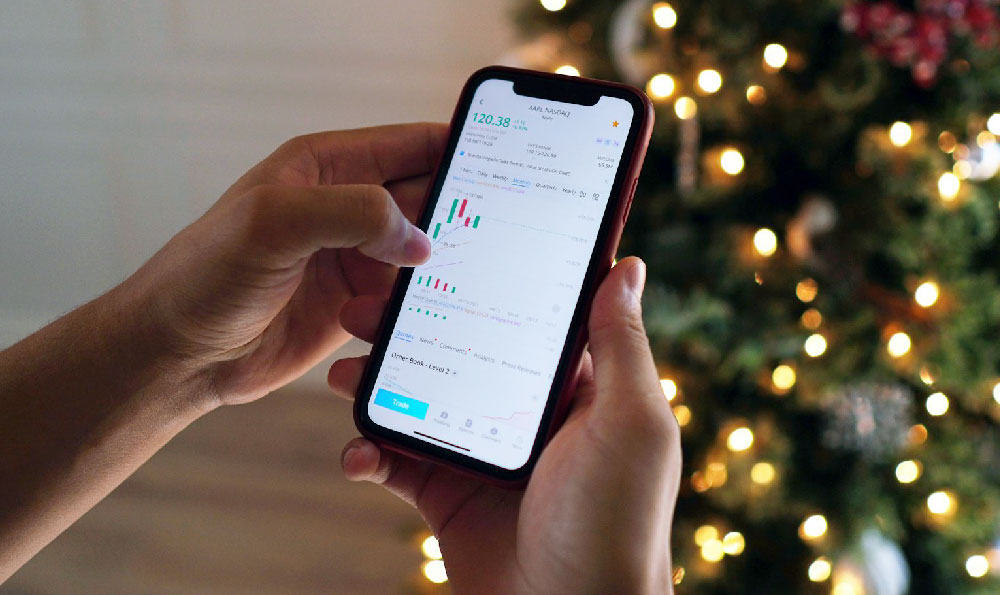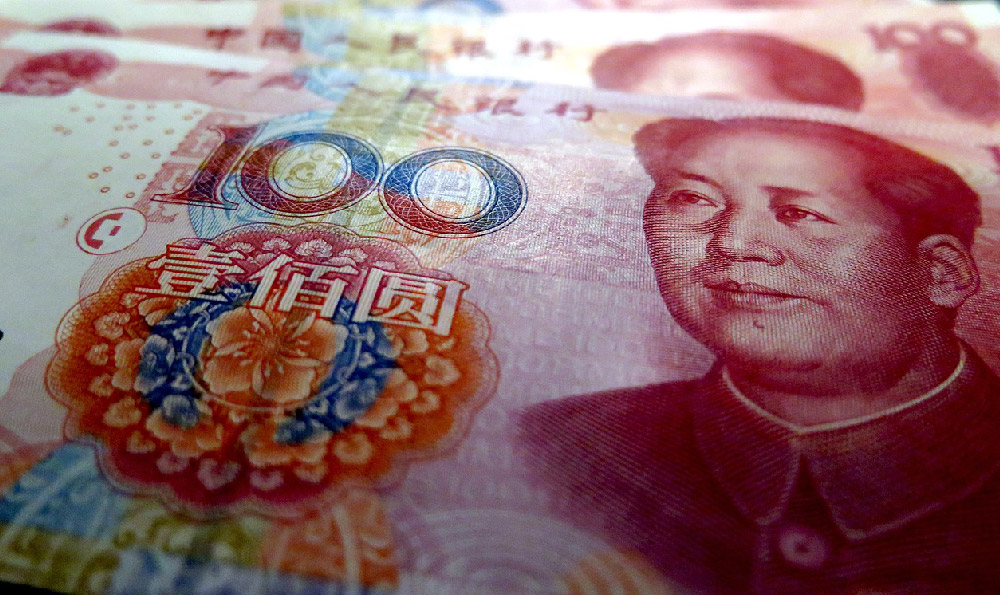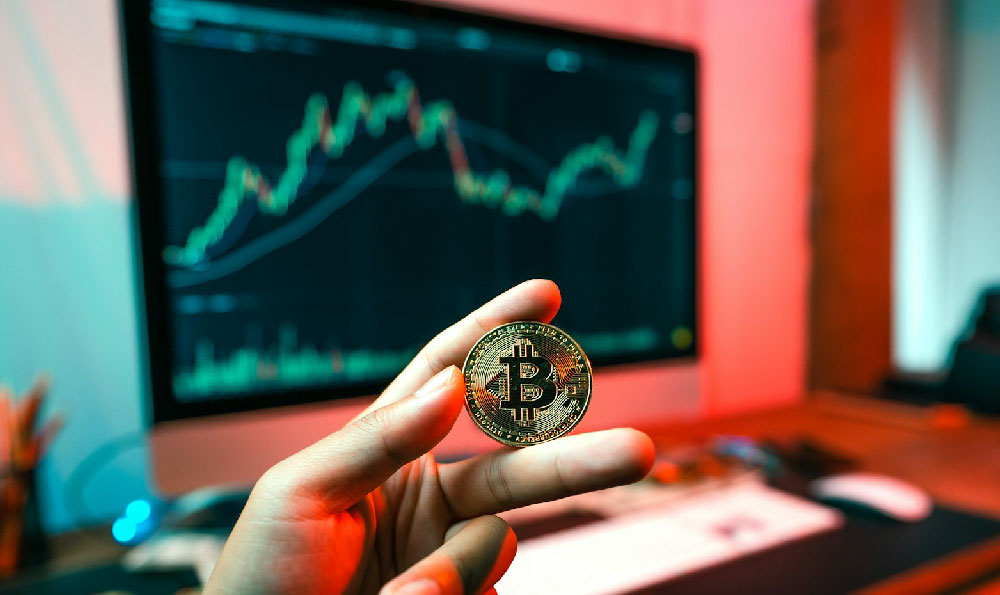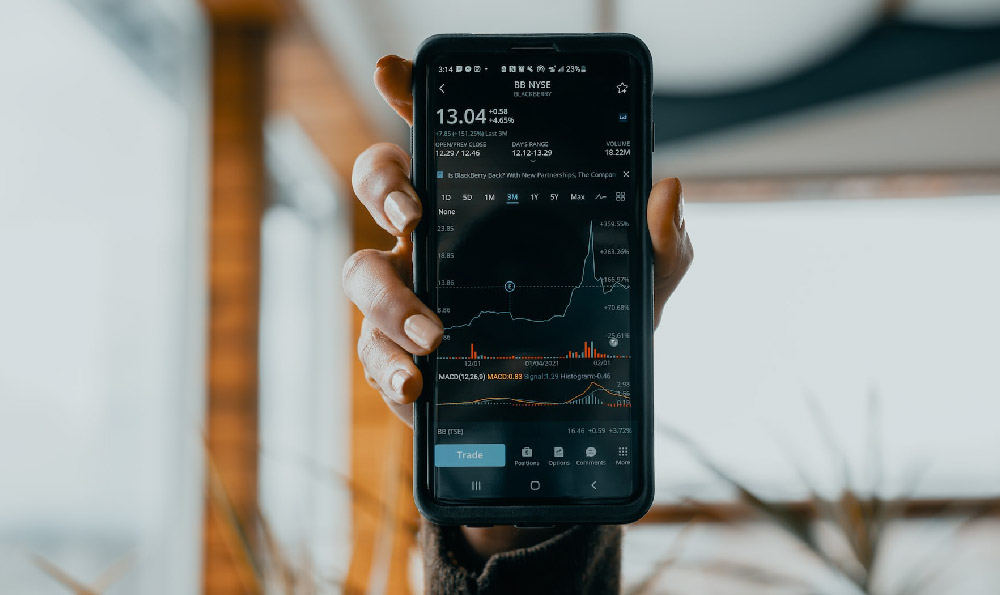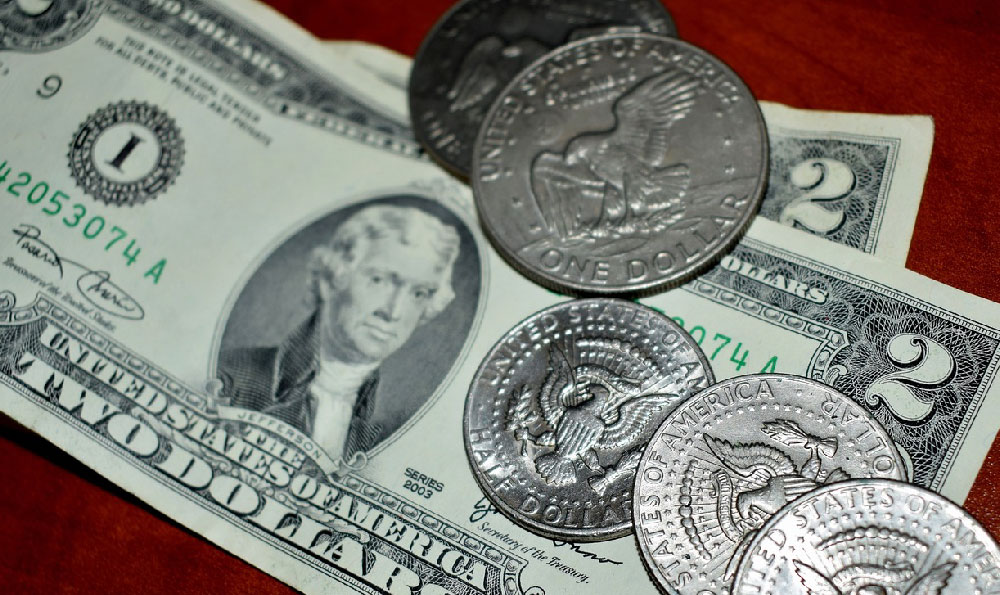Why Silver: Bad Bet or Brilliant Buy?

Silver, often dubbed "the devil's metal" by seasoned investors, presents a fascinating dichotomy. It's a commodity, an industrial metal, and a precious metal, all rolled into one shiny package. This inherent complexity makes determining its investment potential a nuanced exercise, demanding a thorough understanding of its drivers and drawbacks before labeling it a "bad bet" or a "brilliant buy."
The allure of silver lies in its historical precedent as a store of value. For millennia, it served as a medium of exchange, rivaling gold in its perceived safety and stability. In times of economic uncertainty, silver, like gold, tends to attract investors seeking a haven from market volatility. The ongoing geopolitical tensions, persistent inflation concerns, and the potential for future economic downturns are undoubtedly fueling interest in precious metals, including silver. This safe-haven demand can significantly impact its price, pushing it upwards as investors seek refuge from turbulent markets.
However, unlike gold, silver boasts significant industrial applications. It's crucial in electronics, solar panels, medical equipment, and countless other industries. This industrial demand introduces a layer of complexity absent in gold's narrative. A robust global economy, driven by technological advancements and increased manufacturing, translates into higher demand for silver. The push towards renewable energy, particularly solar power, is a significant tailwind for silver, as it's a vital component in photovoltaic cells. The electrification of transportation, with the growing demand for electric vehicles, also contributes to silver's industrial appeal.
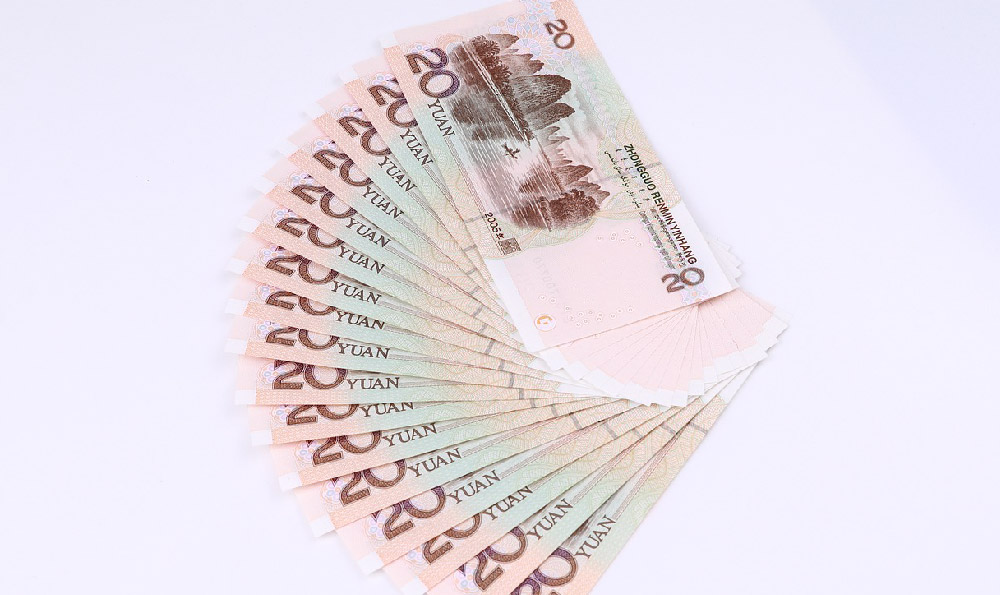
Conversely, economic slowdowns can dampen industrial demand, putting downward pressure on silver prices. If global manufacturing contracts or specific industries reliant on silver face challenges, the metal's price can suffer. Therefore, assessing the global economic outlook and the health of key industries is crucial when evaluating silver's investment potential.
Examining the supply side is equally important. Silver mining is often a byproduct of mining other metals, like copper and lead. This means silver supply isn't always directly responsive to silver demand. Instead, it can be influenced by the demand and supply dynamics of these primary metals. Disruptions in the supply chains of these base metals can inadvertently impact silver availability and, consequently, its price. Furthermore, the geographical distribution of silver mines and the political stability of the mining regions can influence supply security.
One crucial aspect to consider is silver's volatility relative to gold. Historically, silver has exhibited higher volatility than gold. This means it tends to experience larger price swings, both upwards and downwards. While this volatility can offer opportunities for short-term gains, it also exposes investors to greater risk. Investors with a low-risk tolerance might find silver's price fluctuations unsettling.
Another factor that distinguishes silver from gold is its perceived accessibility. Silver is often seen as a more affordable entry point into the precious metals market than gold. This lower price point can attract retail investors who might be intimidated by gold's higher cost. However, this perceived affordability can also contribute to increased speculative activity, amplifying price volatility.
Beyond the fundamental drivers of supply and demand, technical analysis plays a vital role in assessing silver's investment prospects. Analyzing price charts, identifying trends, and monitoring key technical indicators can provide valuable insights into potential entry and exit points. Recognizing support and resistance levels, tracking moving averages, and interpreting momentum indicators can help investors make informed decisions about when to buy or sell silver.
Investing in silver involves various avenues, each with its own set of considerations. Physical silver, in the form of bars, coins, or bullion, offers tangible ownership. However, it also entails storage costs, insurance expenses, and potential challenges in liquidity. Silver ETFs (Exchange-Traded Funds) provide a more liquid and accessible way to gain exposure to silver's price movements. These ETFs typically track the price of silver and offer investors the convenience of trading silver like a stock. Silver mining stocks represent another option, offering exposure to the silver market through the performance of silver mining companies. However, these stocks are also subject to company-specific risks and market sentiment towards the mining sector.
The label of "bad bet" or "brilliant buy" is ultimately subjective and depends on an individual's investment goals, risk tolerance, and investment horizon. Silver can be a valuable addition to a diversified portfolio, offering potential inflation protection, diversification benefits, and exposure to industrial growth. However, it's essential to acknowledge its inherent volatility and the potential for price fluctuations.
Before allocating capital to silver, it's crucial to conduct thorough research, understand the factors that influence its price, and carefully consider the risks involved. Consulting with a financial advisor and developing a well-defined investment strategy are essential steps in navigating the complexities of the silver market. Remember, investing in silver is not a get-rich-quick scheme. It requires patience, discipline, and a long-term perspective. A balanced approach, combining fundamental analysis, technical analysis, and risk management, is key to unlocking silver's potential and avoiding the pitfalls that await the unprepared investor. Only with this comprehensive understanding can an investor truly determine whether silver is a brilliant buy or, for them, a bad bet.
